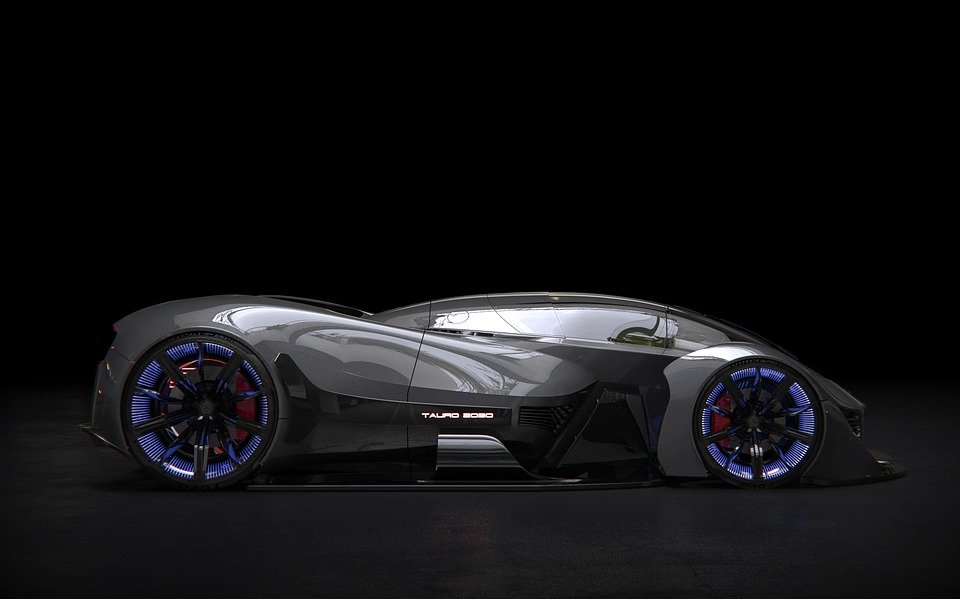The Intersection of Coding and NFT Art
In recent years, the world of digital art has undergone a revolutionary transformation with the rise of Non-Fungible Tokens (NFTs). NFTs have allowed artists to tokenize their work, proving ownership and authenticity in a digital format. This has opened up a whole new realm of possibilities for artists, collectors, and investors alike. However, the potential of NFT art goes far beyond just tokenizing images or videos. The integration of coding into NFT art has the power to unleash a whole new level of creativity and innovation.
Coding as a Creative Tool
Coding has long been used as a tool for creating digital art, from interactive websites to generative art pieces. By incorporating coding into NFT art, artists can create dynamic, ever-changing pieces that evolve over time. For example, an artist could create an NFT that generates new variations of itself every time it is viewed, creating a unique experience for each collector. This level of interactivity and dynamism is only possible through the use of coding.
Smart Contracts and Automation
One of the key benefits of using coding in NFT art is the ability to leverage smart contracts. Smart contracts are self-executing contracts with the terms of the agreement directly written into code. In the context of NFT art, smart contracts can automate various aspects of the buying and selling process, such as royalties for the artist or secondary sales. This not only streamlines the process but also ensures that artists receive fair compensation for their work.
Enhanced Security and Authenticity
Another advantage of incorporating coding into NFT art is the enhanced security and authenticity it provides. By embedding cryptographic signatures or other verification methods into the code of an NFT, artists can ensure that their work is protected from plagiarism or unauthorized use. This level of security can provide peace of mind for both artists and collectors, knowing that the authenticity of the piece is guaranteed.
Challenges and Opportunities
While the potential of coding in NFT art is vast, there are also challenges that come with it. Not all artists may have the technical skills or resources to incorporate coding into their work. Additionally, the rapidly evolving nature of technology means that artists must stay up to date with the latest developments in order to fully leverage the power of coding in their NFT art. However, for those willing to embrace the challenge, the opportunities for creativity and innovation are endless.
FAQs
What programming languages are commonly used in NFT art?
Many artists use languages such as JavaScript, Python, and Solidity to create NFT art pieces. JavaScript is commonly used for creating interactive and dynamic art pieces, while Solidity is often used for writing smart contracts on blockchain platforms like Ethereum.
How can artists learn to incorporate coding into their NFT art?
There are many online resources available for artists looking to learn coding for NFT art. Websites like Codecademy and Coursera offer courses in programming languages and blockchain technology. Additionally, artists can join online communities and forums to connect with other artists and developers for guidance and support.
Are there any legal considerations when using coding in NFT art?
As with any form of digital art, artists must be aware of copyright and intellectual property laws when incorporating coding into their NFT art. It is important to ensure that any code used in an NFT art piece does not infringe on the rights of others and to properly license any third-party code or assets used in the creation of the piece.
In conclusion, the integration of coding into NFT art represents a paradigm shift in the world of digital art. By leveraging the power of coding, artists can create dynamic, interactive, and secure art pieces that push the boundaries of creativity and innovation. While there are challenges to overcome, the opportunities for artists to unleash their potential through coding in NFT art are truly limitless.

